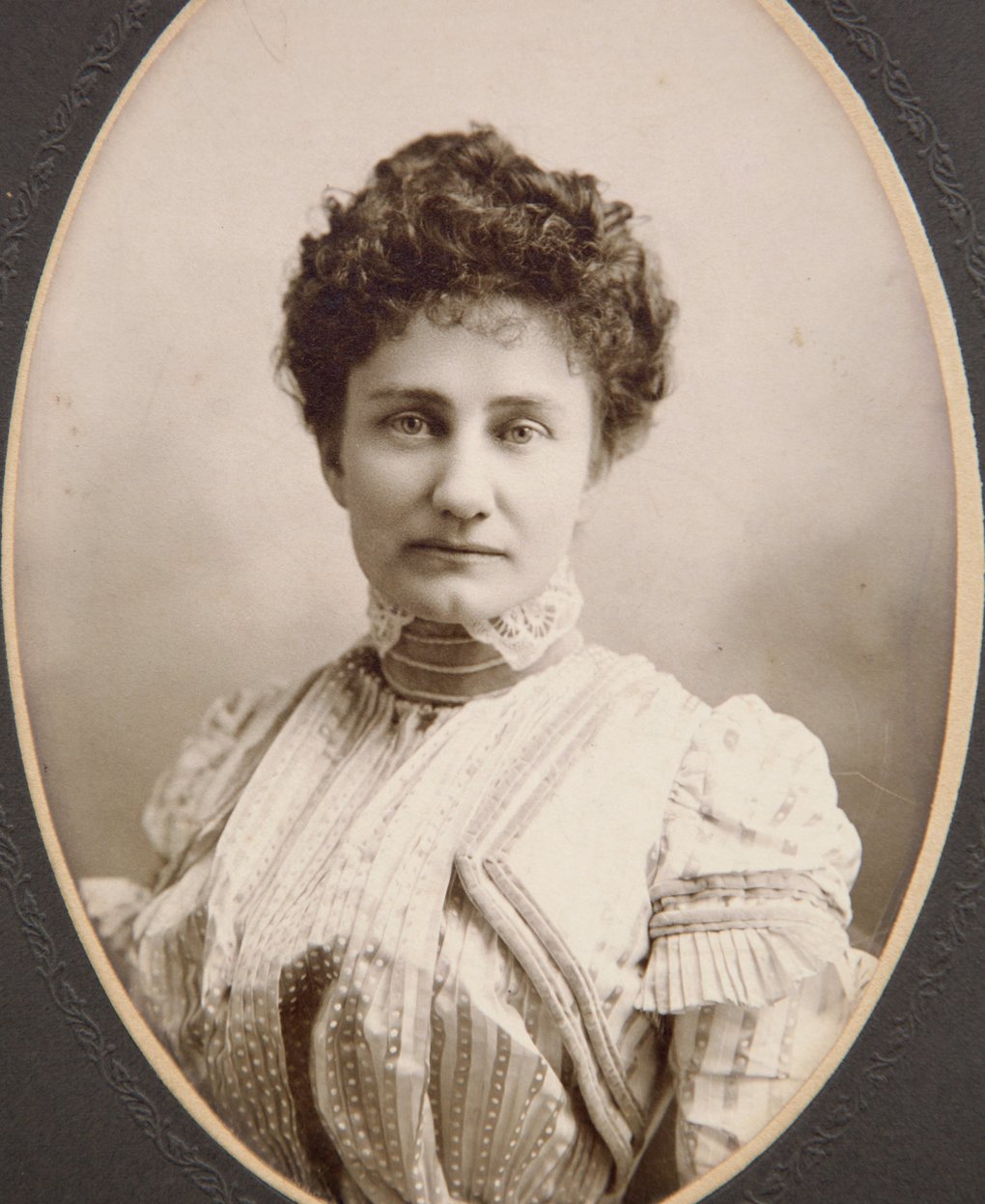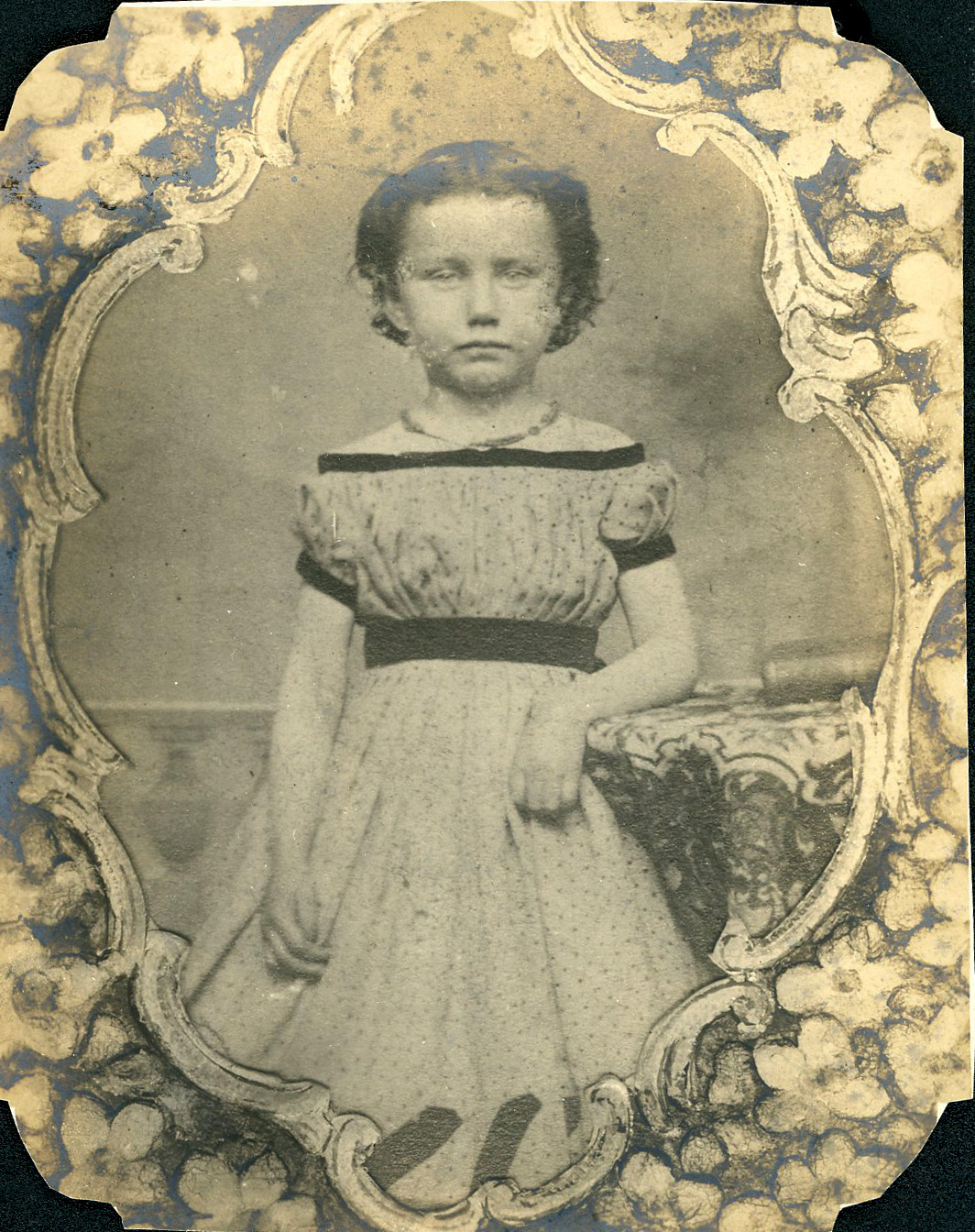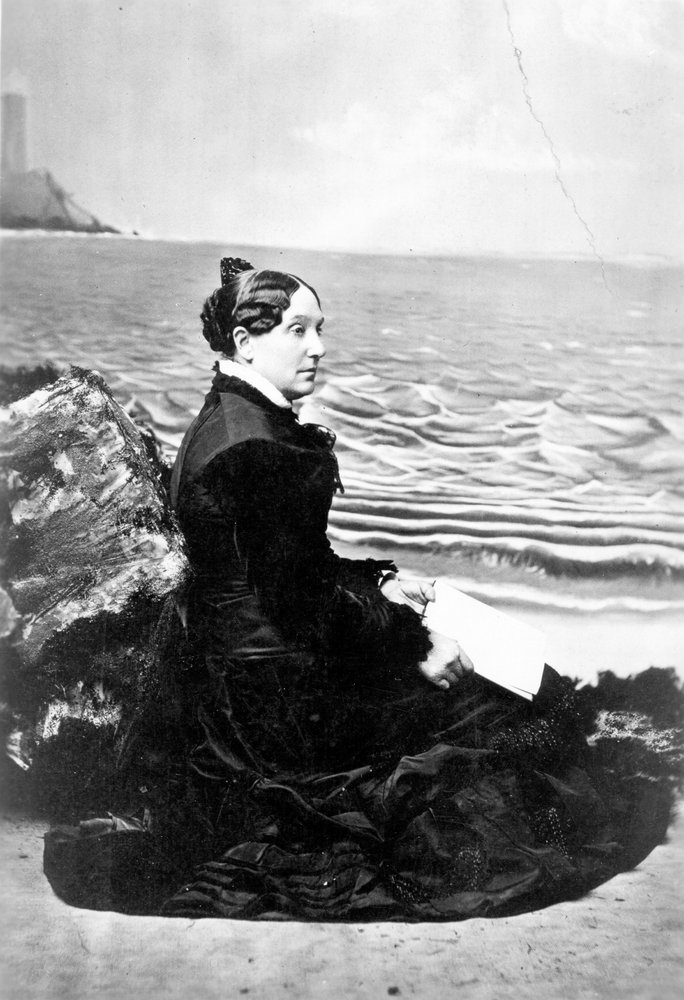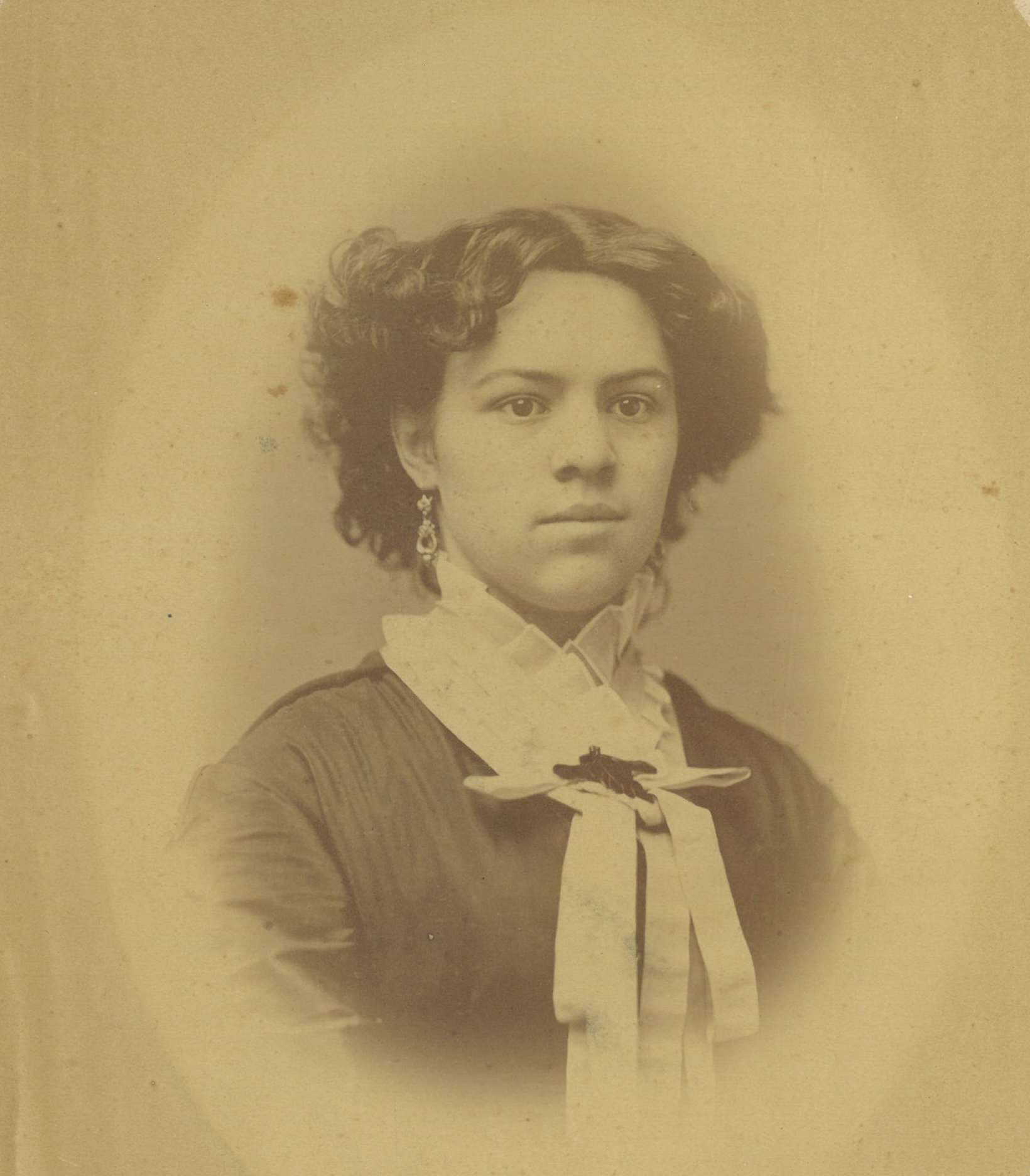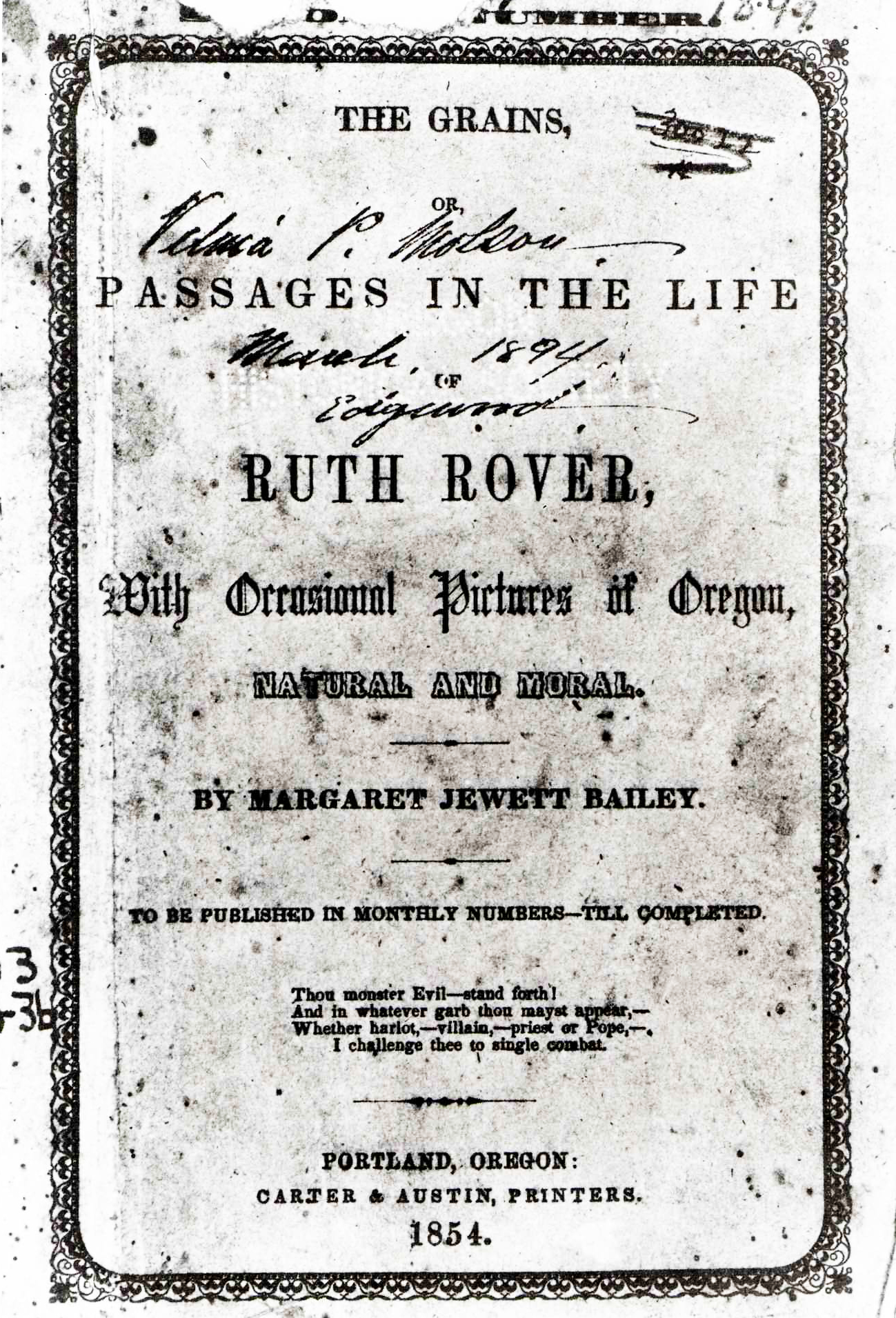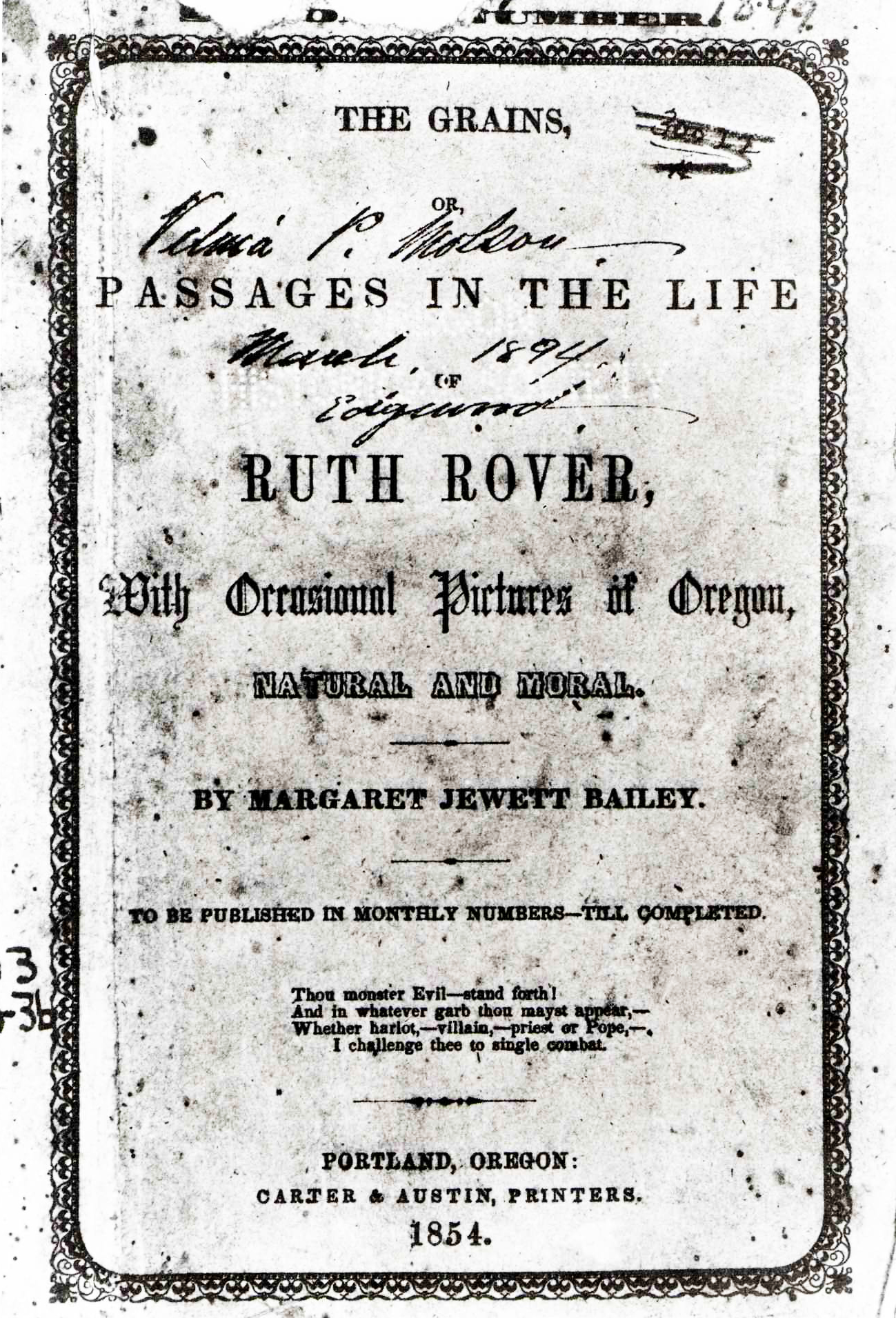Ella Higginson’s writings, especially her prose, were provocative examples of women's experiences in the Pacific Northwest during the second half of the nineteenth century. She was the first woman author with an Oregon background to have national attention. By the end of her career, she had published two collections of short stories, six volumes of poetry, a novel, a travel book, more than a hundred short stories, over four hundred poems, and hundreds of newspaper stories.
Ella Rhoads was born in Kansas in about 1862 (she never revealed her birth date). She moved with her family to La Grande in 1864 and then to Portland, Milwaukie, and Oregon City. As a young woman during the 1870s, she began writing poems and short stories, some of which appeared in Portland's West Shore magazine. She benefitted from special tutoring from working journalists. At age fourteen she published her first poem in the Oregon City Enterprise, which hired her two years later. She learned to write for the general public through her work as a journalist. Somewhat unsure of her writerly status, she published under several pseudonyms. Proud of her Oregon background, Higginson later wrote: “I believe that my childhood and girlhood in Oregon influenced my work more than anything else.”
Rhoads married Russell C. Higginson in 1885, and three years later they moved to Bellingham, Washington, her residence for the rest of her life. She worked in her husband's drugstore but soon became a full-time writer. In 1888, she published a poem in the Boston Courier, which gained national attention. Later, Higginson added to her expanding notoriety by publishing in such magazines as Collier's, McClure's, and Leslie's Weekly. The deluge had begun.
Higginson was a romantic writer, like most Pacific Northwest authors at the time. She never became a realist, a new kind of writing that was beginning to appear in the works of authors such as Hamlin Garland, Frank Norris, Mary Austin, and Willa Cather. She frequently presented woman-to-woman themes, often demonstrating how a selfish, arrogant woman could be brought down and then redeemed. Like many contemporary authors, she was often moralistic and preachy.
Two of Higginson's many works deserve specific mention. Her twelve-line "Four-Leaf Clover" (1890) drew national attention in its appealing use of nature to illustrate hope, faith, and love, with God placing the fourth leaf of the clover in “for luck.” Later, Higginson added that the four leaf clover "had a spirit" to which she felt connected. The Robert Frost-like poem appeared first in West Shore.
Mariella; Of Out-West (1902), Higginson's only novel, reminded some readers of Nathaniel Hawthorne's The Scarlet Letter (1850). The adulterous mother of Mariella in the novel resembles Hester Prynne, and some of the relationship between Hester and her daughter Pearl parallels Mariella's connections with her mother. So realistic and pointed was Higginson's coverage of infidelity that several locals in Bellingham with doubtful reputations harassed the author, accusing her of using their blemished lives to shape characters in the book. Higginson was proud of Mariella, later saying that "I like it better than anything I have ever written."
Higginson spent four summers in the Yukon, beginning in 1904, to research her book Alaska, the Great Country (1908). After the death of her husband in 1909, she remained in Bellingham, but she essentially quit writing following World War I. Nonetheless, she was named the first poet laureate of Washington in 1931. She also remained active in politics and the Red Cross. Higginson died on December 27, 1940, after a year-long illness.
Revisiting Ella Higginson's poetry and prose offers a larger understanding and appreciation of a premier woman author in the West. She stands alongside Joaquin Miller and Frederic Homer Balch as the leading Pacific Northwest creative writers in the two generations stretching from 1870 to 1910.
-
![]()
Ella Rhoads Higginson.
Courtesy Center for Pacific Northwest Studies -
![]()
Mariella, by Ella Higginson.
-
![]()
Ella Rhoads Higginson, age 6, c. 1868.
Oregon Historical Society Research Library, Org. Lot 342, f1
-
![]()
Ella Rhoads Higginson, age 10.
Oregon Historical Society Research Library, Org. Lot 342, f1
-
![]()
Ella Rhoads Higginson.
Courtesy Center for Pacific Northwest Studies -
![With railroad contractor Michael J. Heney and boat captain Isaac N. Hibberd. Photo by customs officer Clarence L. Andrews.]()
Ella Higginson (seated to the left) in the Yukon, 1907.
With railroad contractor Michael J. Heney and boat captain Isaac N. Hibberd. Photo by customs officer Clarence L. Andrews. Oregon Historical Society Research Library, Org. Lot 342, f1
Related Entries
-
Abigail Scott Duniway (1834-1915)
Outspoken and often controversial, Abigail Scott Duniway is remembered …
-
![Eva Emery Dye (1855-1947)]()
Eva Emery Dye (1855-1947)
As an impressionable and imaginative girl growing up in Illinois, Eva E…
-
![Frances Fuller Victor (1826–1902)]()
Frances Fuller Victor (1826–1902)
In 1869, the Overland Monthly and Out West Magazine featured "Manifest …
-
![Margaret Jewett Smith Bailey (1812-1882)]()
Margaret Jewett Smith Bailey (1812-1882)
Writing under the pen name Ruth Rover, Margaret Jewett Smith Bailey wro…
-
![Oregon Literature (1814-1920)]()
Oregon Literature (1814-1920)
The first literature of Oregon followed patterns typical of most other …
Map This on the Oregon History WayFinder
The Oregon History Wayfinder is an interactive map that identifies significant places, people, and events in Oregon history.
Further Reading
Koert, Dorothy. The Lyric Singer: A Biography of Ella Higginson. Bellingham, WA: Center for Pacific Northwest Studies, 1985.
Laffrado, Laura, ed. Selected Writings of Ella Higginson: Inventing Pacific Northwest Literature. Bellingham, WA: Whatcom County Historical Society Press, 2015.

